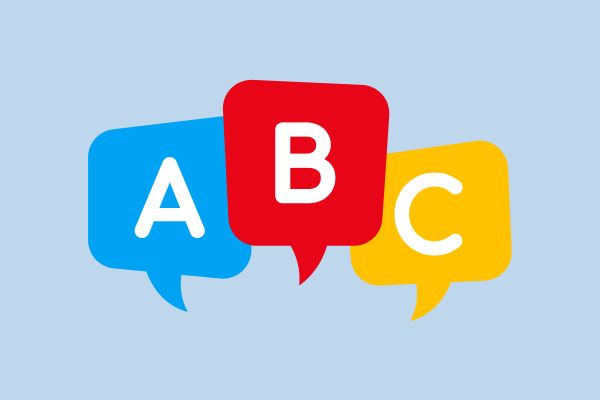What are Modifiers?

Modifiers are words, phrases, or clauses that alter, limit, or qualify the meaning of other words in a sentence. They enrich our language by providing additional information, creating vivid imagery, and expressing shades of meaning.
By incorporating modifiers, we can create more descriptive and expressive sentences, captivating our audience and making our communication more engaging and effective.
Types of Modifiers
Let’s explore the different types of modifiers and how they contribute to the richness of our language:
1. Adjectives
Adjectives are modifiers that describe or modify nouns or pronouns, providing more information about their qualities, characteristics, or attributes.
Examples:
- The blue sky stretched endlessly.
- She has a beautiful voice.
2. Adverbs
Adverbs are modifiers that describe or modify verbs, adjectives, or other adverbs, indicating manner, time, place, frequency, degree, or certainty.
Examples:
- He sings beautifully.
- The car is parked outside.
3. Adjective Phrases
Adjective phrases are groups of words that function as adjectives, describing or modifying nouns or pronouns.
Example:
The man with a hat is my uncle.
4. Adverbial Phrases
Adverbial phrases are groups of words that function as adverbs, providing additional information about verbs, adjectives, or other adverbs.
Example:
She walked in the park.
5. Adjective Clauses
Adjective clauses are dependent clauses that function as adjectives, describing or modifying nouns.
Example:
The book that he lent me is fascinating.
6. Adverbial Clauses
Adverbial clauses are dependent clauses that function as adverbs, providing information about verbs, adjectives, or other adverbs.
Example:
We went swimming when the sun set.
Functions of Modifiers
Modifiers perform various essential functions in language, enriching our sentences and making our communication more descriptive and engaging.
1. Adding Description
The primary function of modifiers is to add description and detail to nouns, pronouns, verbs, adjectives, or other adverbs.
Example:
She wore a stunning dress to the party.
2. Clarifying Meaning
Modifiers clarify the meaning of words or phrases, ensuring that readers or listeners interpret the intended message accurately.
Example:
He spoke clearly so that everyone could understand.
3. Enhancing Imagery
Modifiers paint vivid imagery and enhance the sensory experience in our writing or speech.
Example:
The majestic mountains soared into the clouds.
4. Indicating Time, Place, or Manner
Adverbs and adverbial phrases indicate when, where, or how an action takes place.
Example:
She danced gracefully on the stage.
5. Expressing Possibility, Certainty, or Degree
Adverbs can express the level of certainty, possibility, or degree of an action or event.
Example:
They were probably late for the meeting.
Common Mistakes with Modifiers
While modifiers add flair to our language, some common errors can occur in their usage. Let’s address these mistakes to ensure accurate and effective communication.
1. Misplacing Modifiers
Modifiers should be placed close to the words they modify to avoid confusion or ambiguity.
Incorrect: I saw a man with a telescope on the hill.
Correct: With a telescope, I saw a man on the hill.
2. Overusing Adjectives
Using too many adjectives can make sentences sound cluttered and less impactful.
Incorrect: The big, beautiful, stunning mansion stood on the hill.
Correct: The stunning mansion stood on the hill.
3. Redundancy with Adverbs
Avoid using adverbs that convey the same meaning as the verb.
Incorrect: He shouted loudly.
Correct: He shouted.
Calling all law aspirants!
Are you exhausted from constantly searching for study materials and question banks? Worry not!
With over 15,000 students already engaged, you definitely don't want to be left out.
Become a member of the most vibrant law aspirants community out there!
It’s FREE! Hurry!
Join our WhatsApp Groups (Click Here) and Telegram Channel (Click Here) today, and receive instant notifications.







